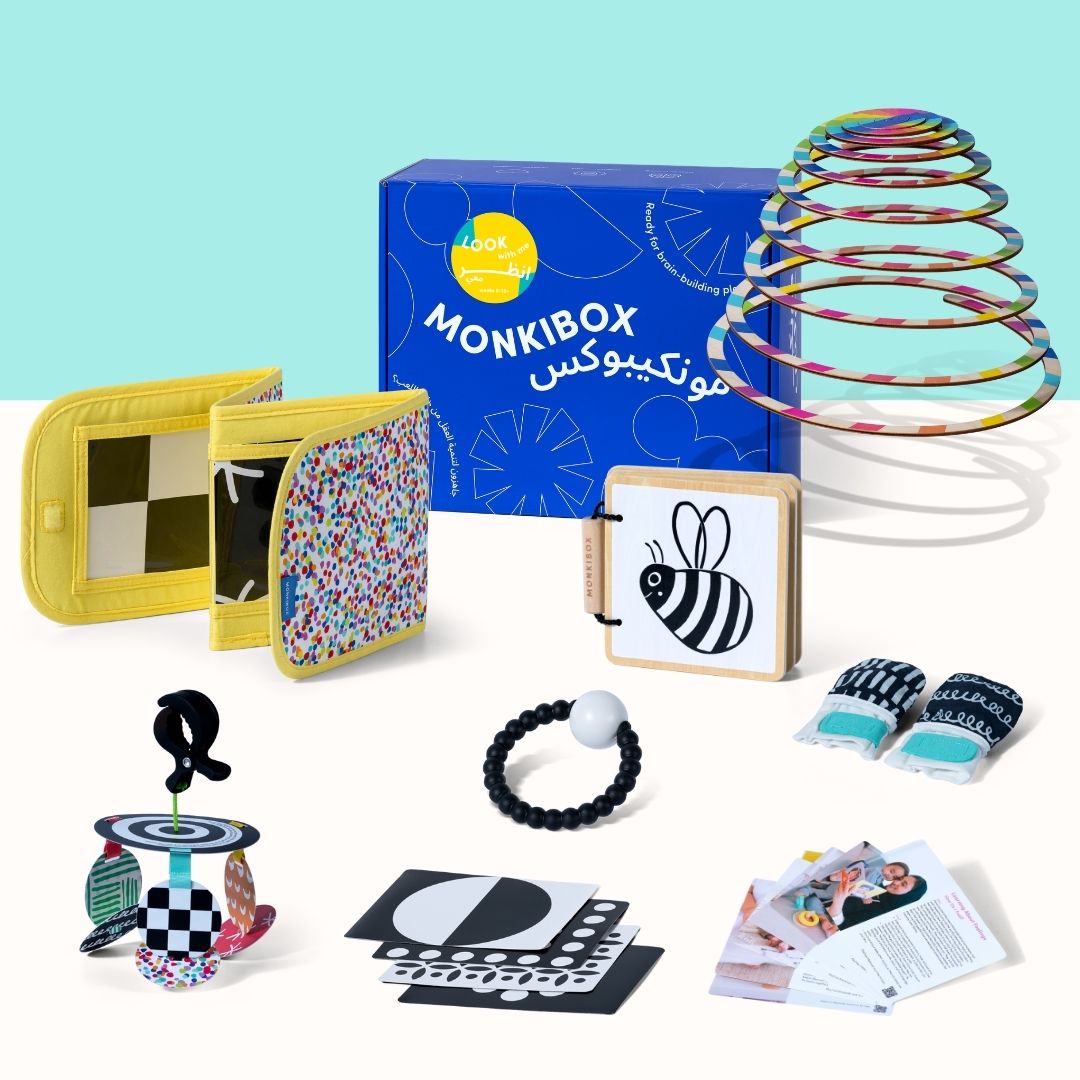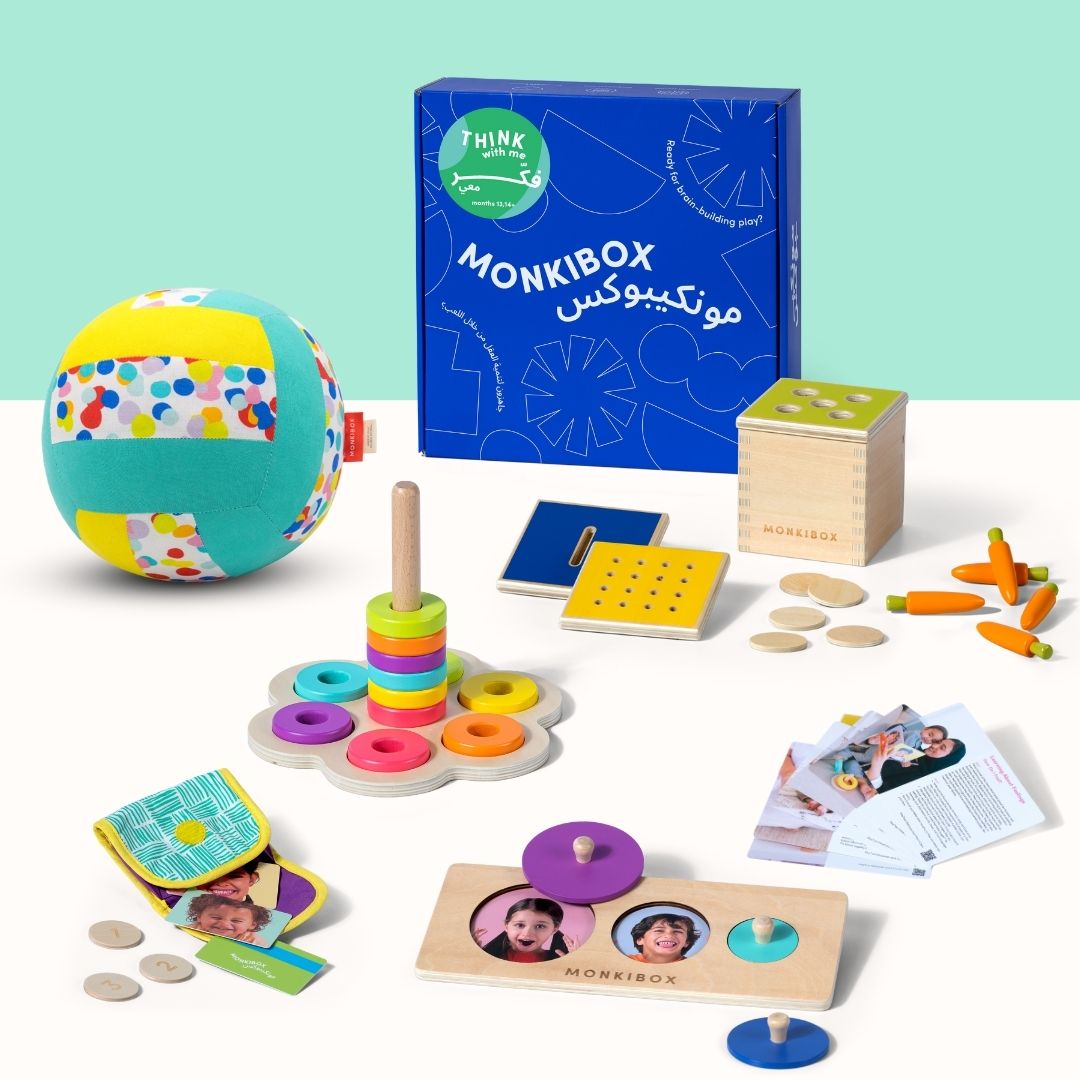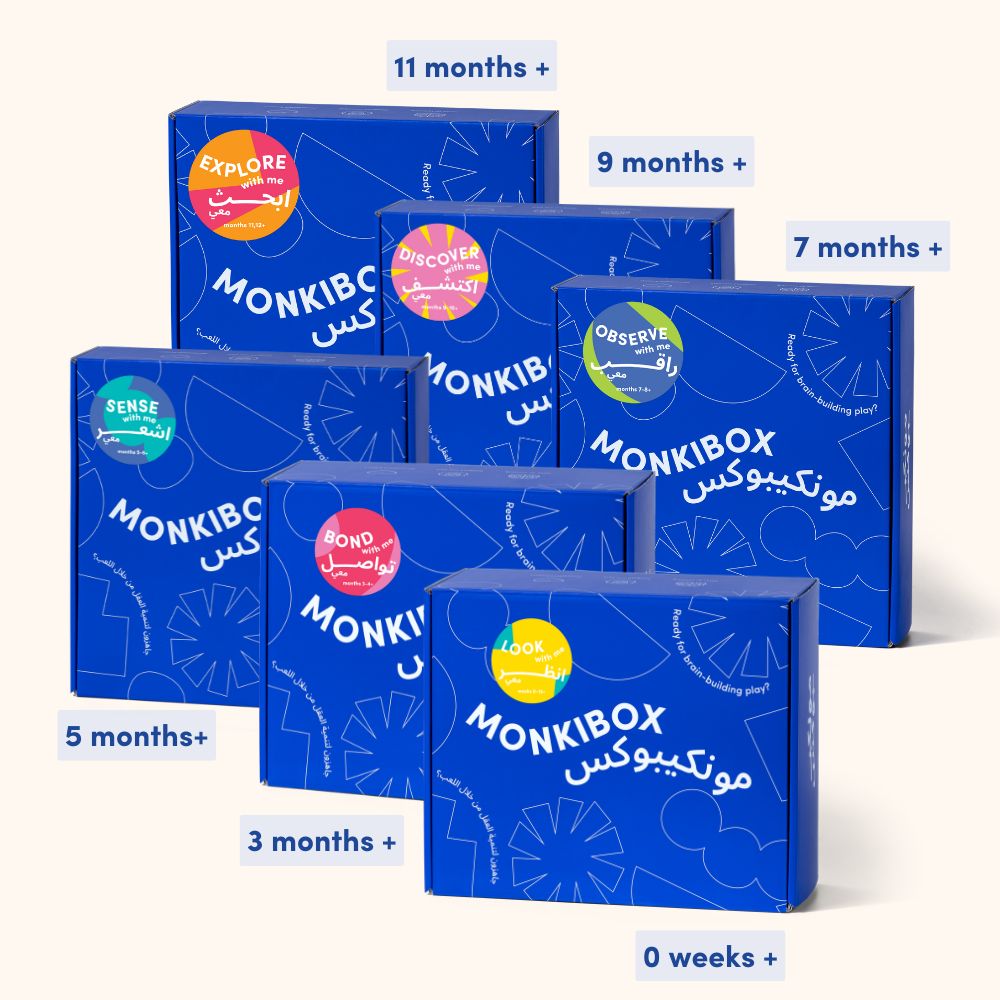مع اقتراب طفلك من عمر ٢٤ شهرًا، ستلاحظين نموه بوتيرة أسرع. ومع ذلك، قد يكون التعامل مع هذه الانتقالات - سواءً من نشاط لآخر أو من مرحلة عمرية إلى أخرى - أمرًا صعبًا على الأطفال الصغار. ولأنهم ما زالوا في طور تطوير قدرتهم على الانتقال بسلاسة بين الأنشطة، إليكِ بعض النصائح لمساعدتكِ في إدارة هذه الانتقالات بفعالية.
1. استخدم الإشارات البصرية
استخدم إشارات بصرية للإشارة إلى المراحل الانتقالية القادمة. يمكنك استخدام مؤقت، أو جدول مرئي، أو حتى صور بسيطة للإشارة إلى ما سيحدث لاحقًا. تساعد الإشارات البصرية الأطفال الصغار على فهم ما يحدث والاستعداد للتغيير، مما يجعل المراحل الانتقالية أقل إزعاجًا.
2. إنشاء روتين
أنشئ روتينًا يوميًا ثابتًا. يزدهر الأطفال الصغار بفضل القدرة على التنبؤ، ووجود جدول زمني محدد يساعدهم على توقع التغيرات والاستعداد لها. عندما يعرفون ما ينتظرهم، يشعرون بأمان أكبر ويقل احتمال مقاومتهم للتغييرات.
3. إعطاء التحذيرات
قدّم تحذيرات قبل الانتقال إلى نشاط جديد. استخدم لغة بسيطة مثل "بعد خمس دقائق، سننظف ونستعد للغداء". إن توفير عدّ تنازلي يساعد طفلك على الاستعداد نفسيًا للتغيير، مما يقلل من مقاومته ويجعل الانتقال أكثر سلاسة.
4. اجعلها لعبة
حوّل الانتقالات إلى لعبة لجعلها أكثر تشويقًا. على سبيل المثال، تحدَّ طفلك الصغير لترى مدى سرعة تنظيف ألعابه أو تسابقه إلى الحمام عندما يحين وقت تنظيف أسنانه. إن تحويل الانتقالات إلى لعبة يمكن أن يجعلها ممتعة وأقل إرهاقًا لك ولطفلك.
5. تقديم الخيارات
وفّر خياراتٍ كلما أمكن. بدلًا من قول: "حان وقت ارتداء الملابس"، اسأل: "هل تريد ارتداء القميص الأخضر أم البنفسجي؟". إن منح طفلك الصغير شعورًا بالسيطرة يُقلل من مقاومته ويجعل الانتقال بين المهام أكثر تعاونًا.
6. استخدم كائن انتقالي
قدّمي لطفلكِ أداةً انتقاليةً أو لعبةً خاصةً لمرافقته خلال هذه الفترة. يُمكن لهذه الأداة أن تُشكّل مصدر راحةٍ له أثناء هذه الفترة، فتُشعره بالأمان وتُسهّل عملية الانتقال.
7. غناء الأغاني
أدمج الأغاني في الانتقالات. غناء أغنية قصيرة أثناء التنظيف أو ارتداء الملابس يجعل العملية أكثر متعة. للموسيقى تأثير مهدئ، ويمكن أن تساعد في خلق رابط إيجابي مع الانتقالات.
قد يكون التعامل مع مراحل الانتقال مع الأطفال الصغار أمرًا صعبًا، ولكن باتباع الاستراتيجيات الصحيحة، يمكنكِ جعل هذه التغييرات أكثر سلاسةً وأقل إرهاقًا. باستخدام الإشارات البصرية، ووضع روتين يومي، ودمج الألعاب أو الأغاني، يمكنكِ مساعدة طفلكِ على اجتياز هذه المراحل بثقة. تذكري أن الاتساق والصبر عنصران أساسيان في جعل هذه المراحل أكثر سلاسةً لكِ ولطفلكِ، مما يساعده على الشعور بالأمان والدعم أثناء نموه وتعلمه.





